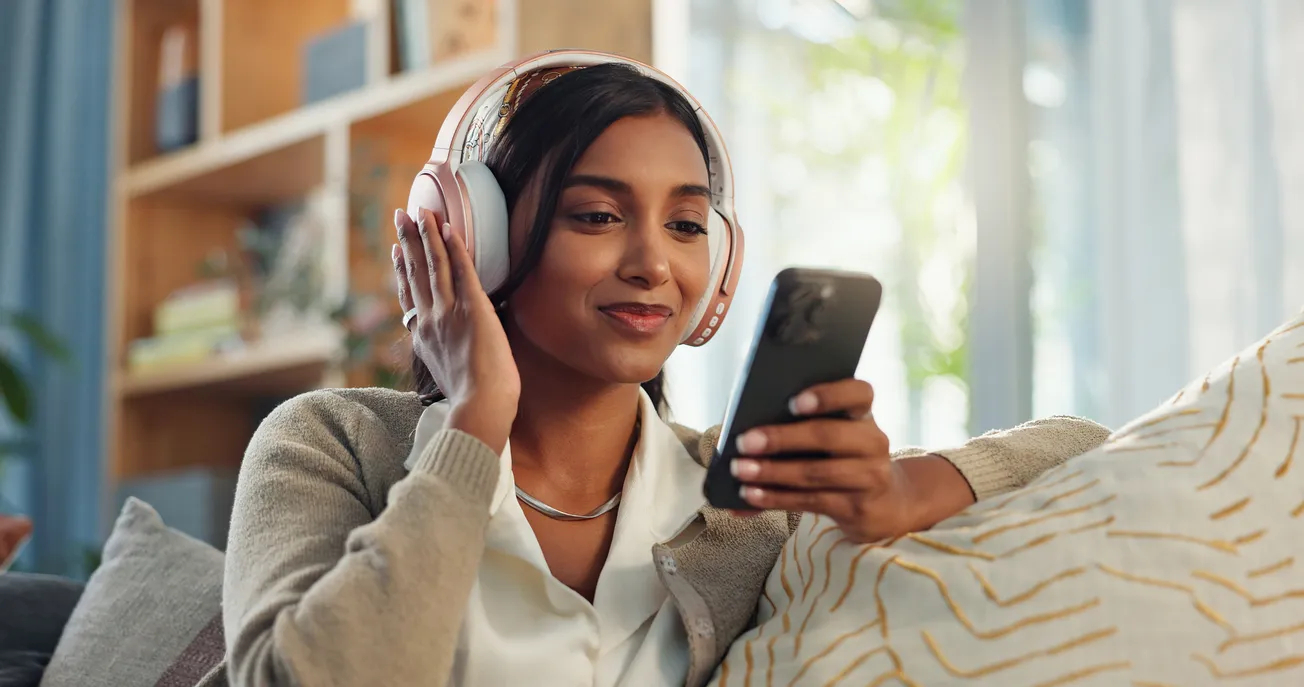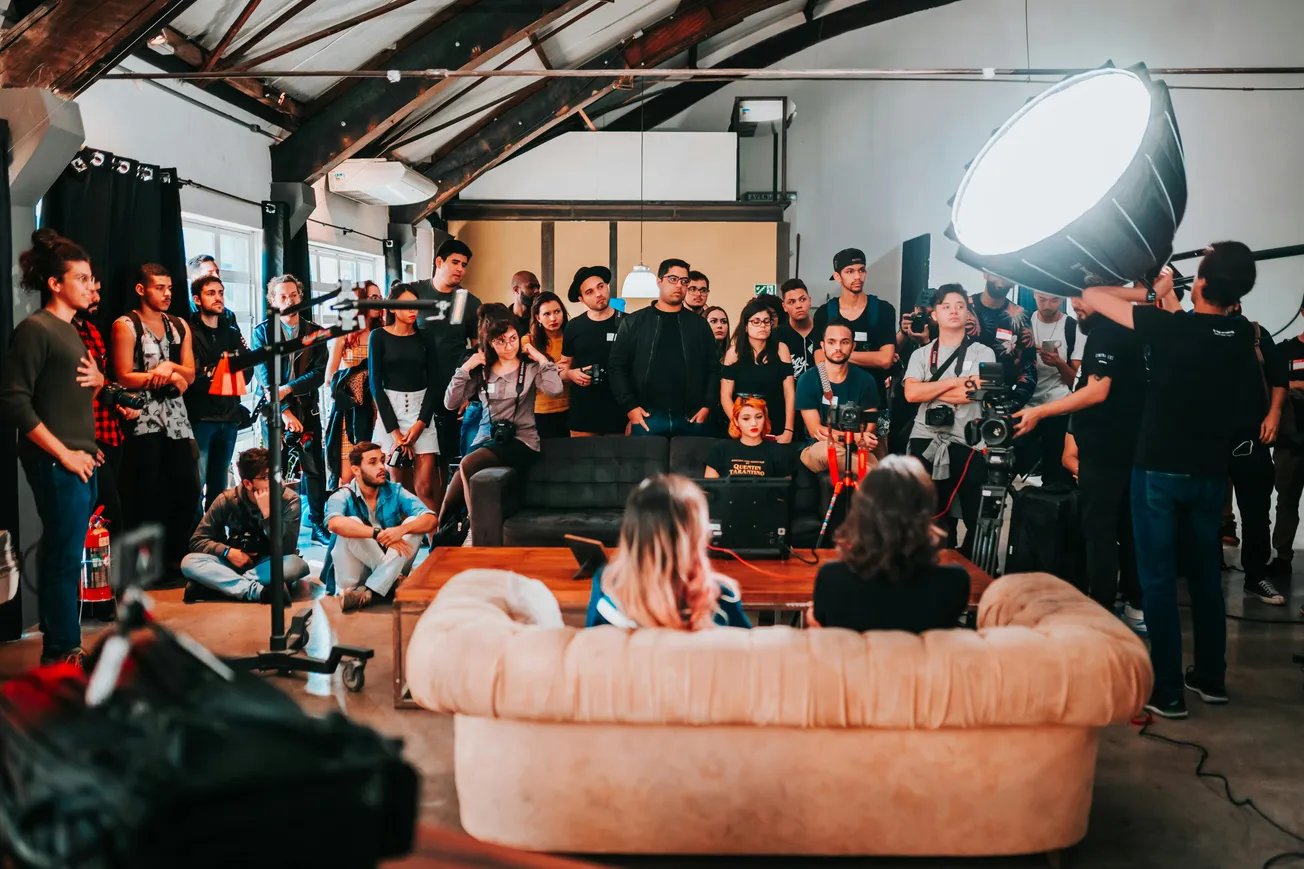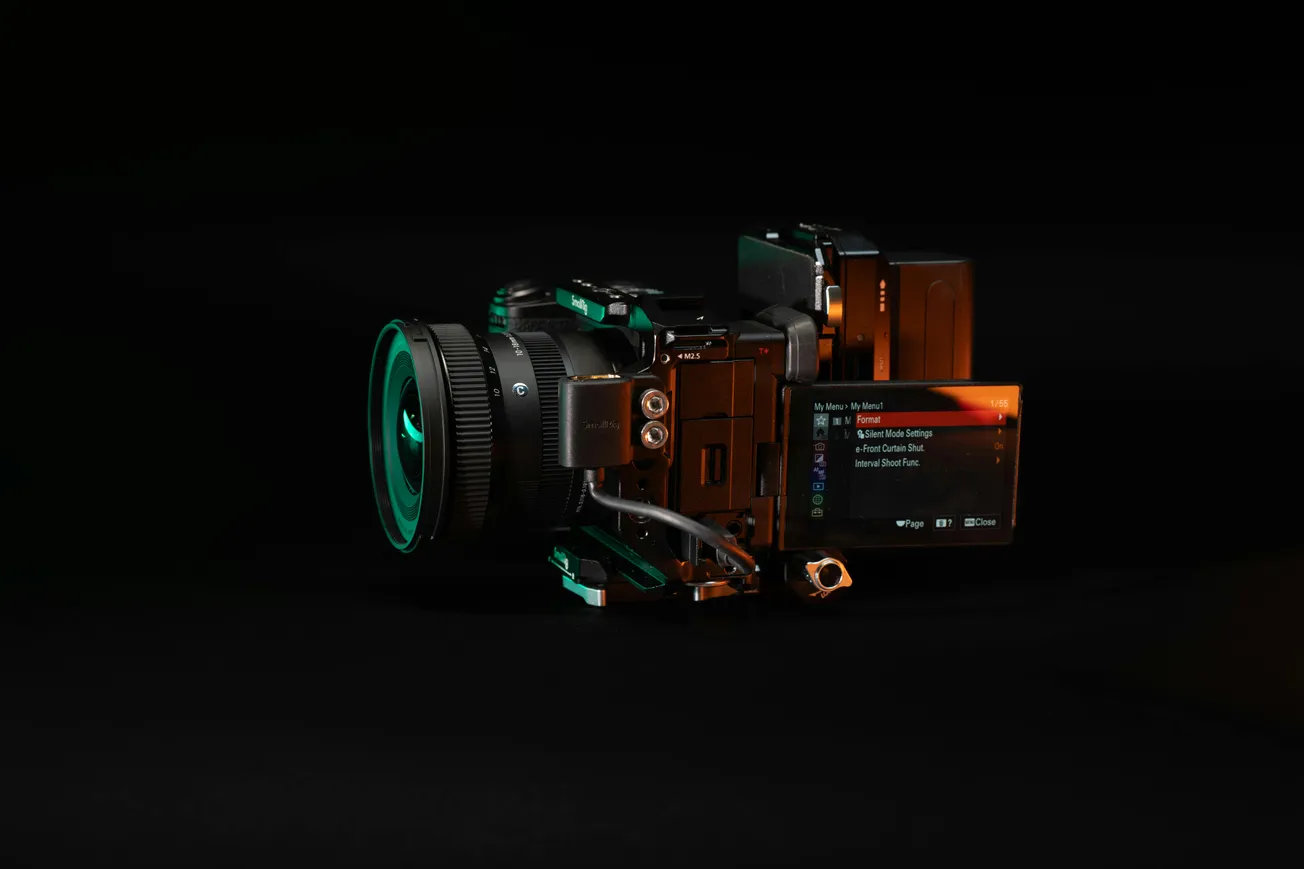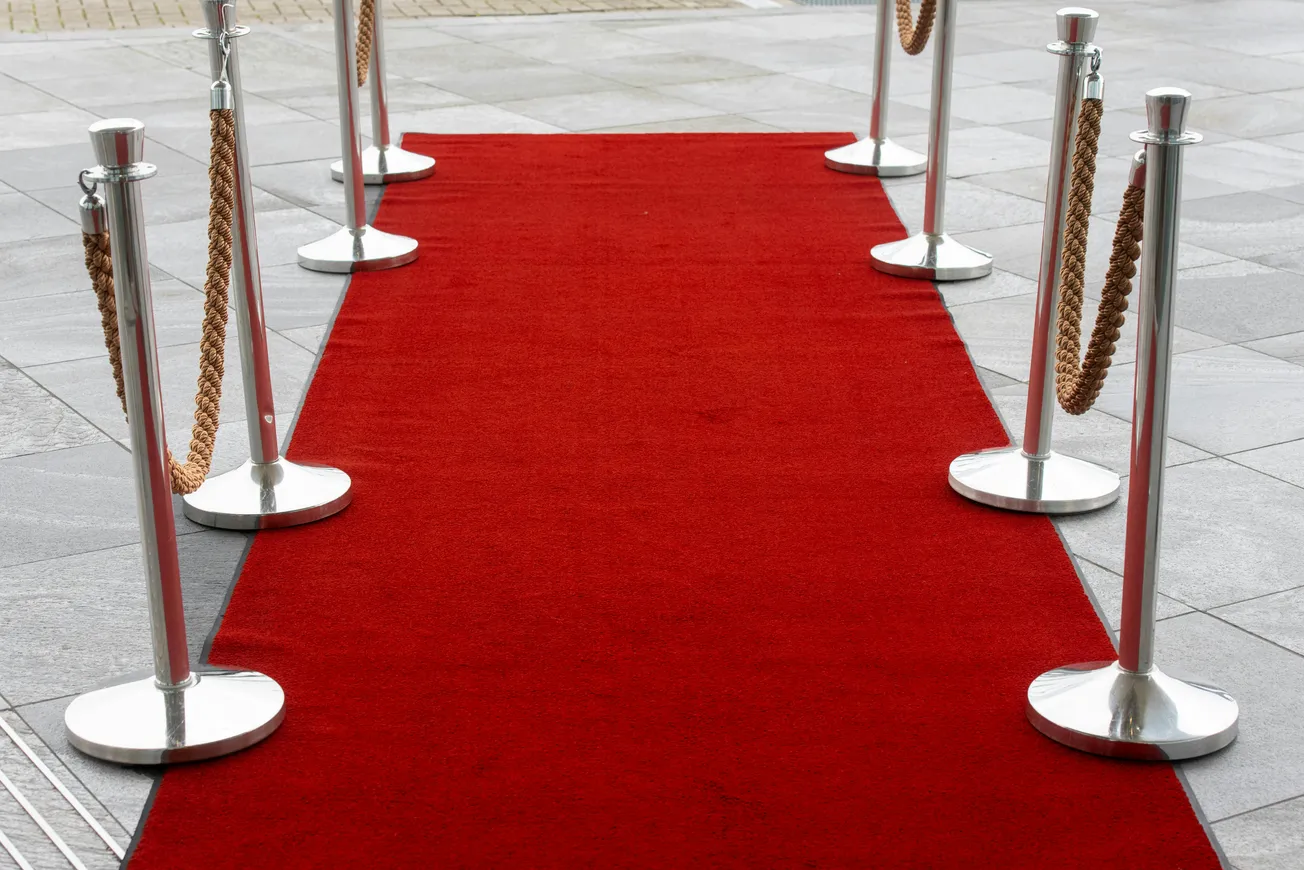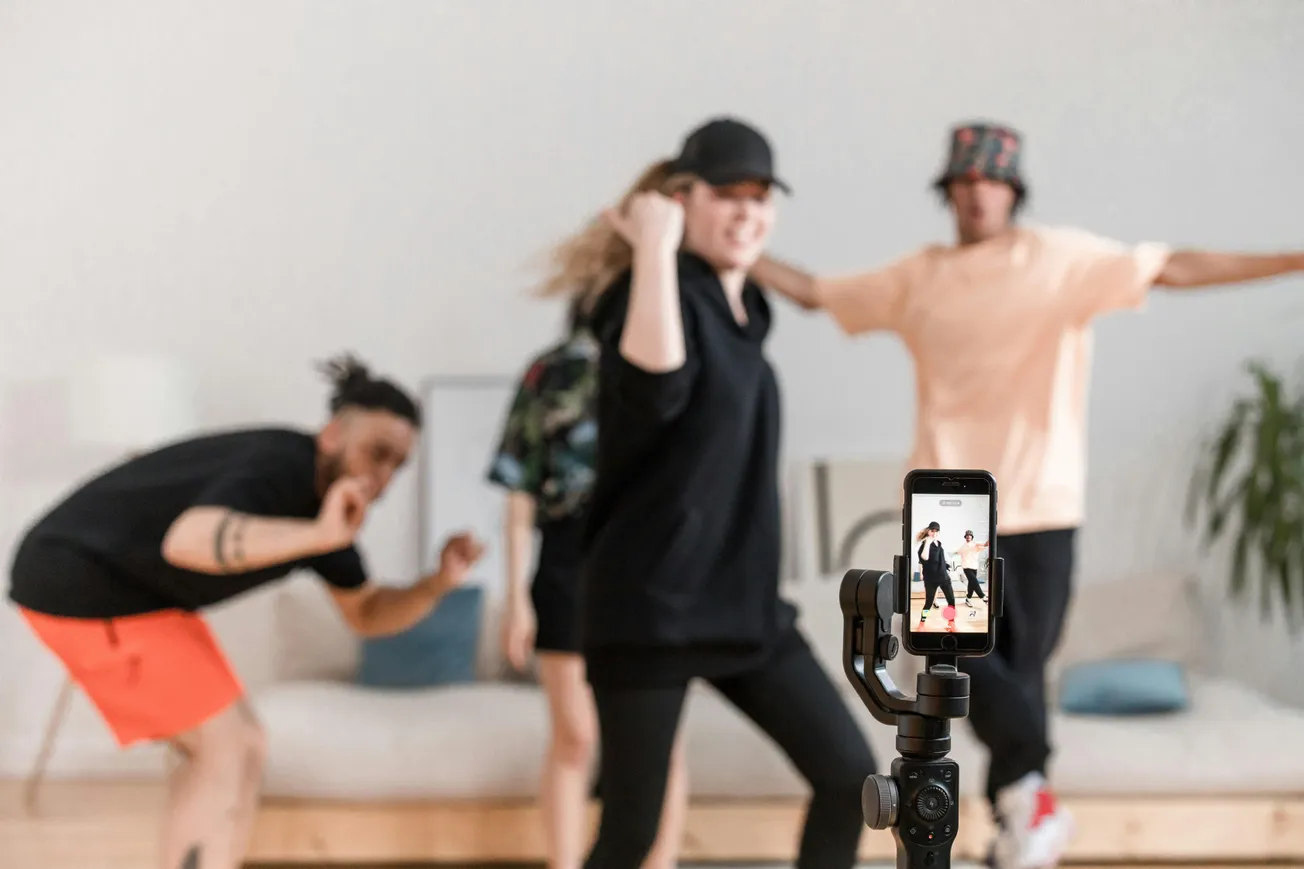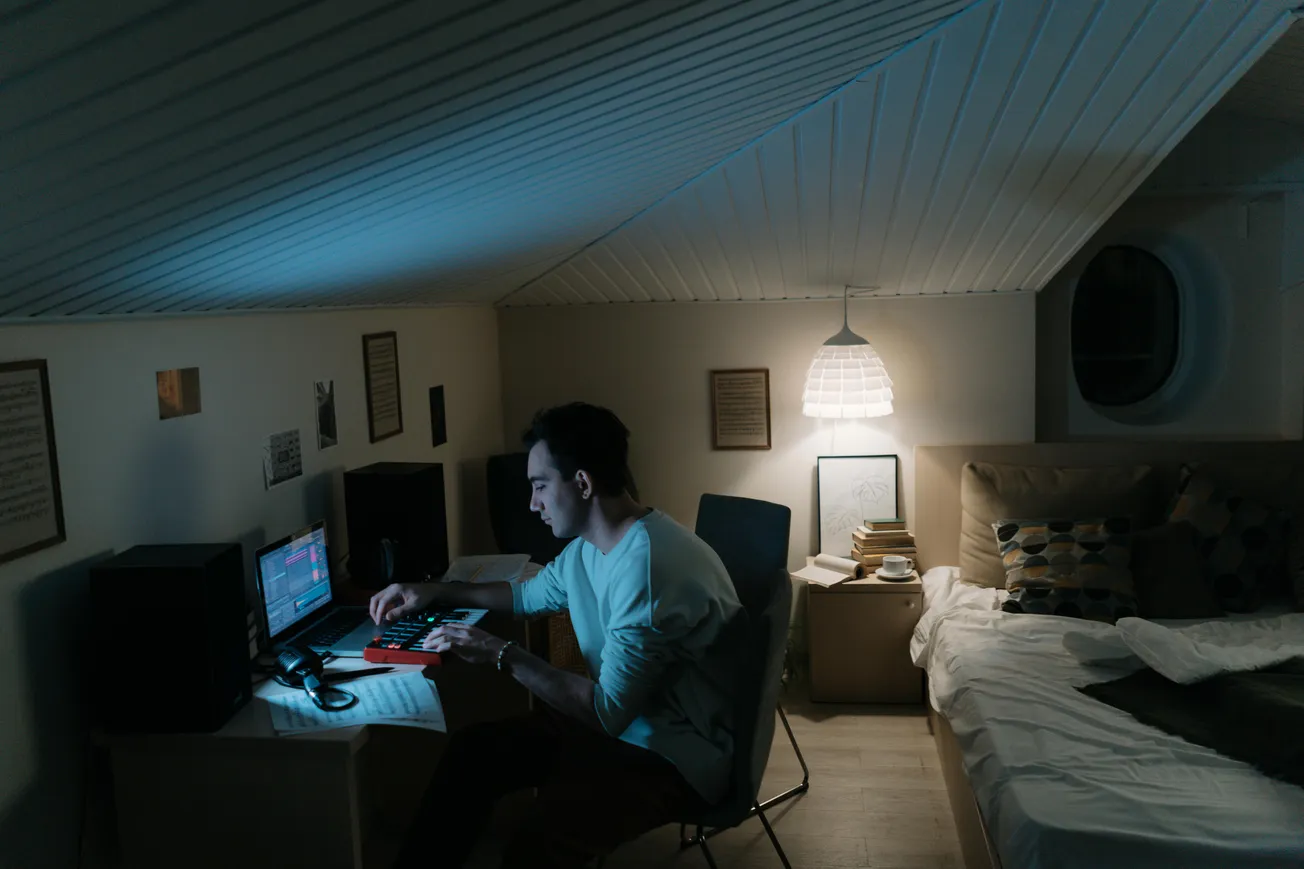Great visuals pull people in, but sound keeps them there. When dialogue is muddy or levels jump around, viewers tune out, even if the footage is gorgeous. That is not just creator folklore: controlled experiments show that poor audio quality lowers perceived credibility of the speaker and the content itself.
In one study, participants rated the same scientific information as less interesting, less important and less trustworthy when the audio was degraded versus clean. The content did not change, but the sound did.
Modern platforms reinforce this reality. YouTube now ships “Stable volume,” which evens out loudness differences during playback so viewers aren’t riding the volume knob. That is great for audiences, but it also means sloppy mixes get turned down, exposing noise, pumping and harshness.
Creators who master predictable loudness and clean dialogue simply sound more professional across devices.
So what does “good” sound mean in practice? Start with intelligibility – listeners should catch every word without effort. Emerging research distinguishes raw “can I hear this?” from dialogue understandability across a full viewing session (think: following the plot, not just hearing syllables). Background music, room echo and dynamic range swings all matter. Keep music under dialogue, tame reflections and compress/limit moderately to hold speech in place.
Next, manage loudness. Broadcast adopted EBU R128 at −23 LUFS, while streaming commonly lands between −20 and −16 LUFS. YouTube applies normalization, and while the exact target can shift, mixes that hover around platform norms translate more consistently and avoid being turned down dramatically. (In short: don’t chase “as loud as possible.” Instead, chase “clean and consistent.”)
A simple, beginner‑friendly capture chain beats a fancy but chaotic one:
- Mic choice & placement: A decent lav or shotgun close to the mouth outperforms an expensive mic across the room.
- Room tone: Soften reflections with rugs, curtains or portable panels; reduce HVAC and street noise.
- Monitoring: Wear closed‑back headphones, watch peaking and noise and record a 10‑second silence for noise prints.
- Post essentials: Use a high‑pass filter (rumble), tasteful noise reduction, light compression and a limiter to catch peaks.
- Mix music last: Build speech first, then bring music up until it is felt, not fought.
Why it matters beyond YouTube: brand perception. For training, webinars, product explainers and investor updates, great audio suggests rigor and care. Viewers equate clean sound with competence, which is exactly what most businesses want conveyed.
If budget is tight, prioritize a mic, a quiet space and a repeatable edit chain. As your operation grows, adopt loudness metering (LUFS), dialogue‑isolation tools and a basic room kit. The ROI shows up in watch time, fewer bounces and more conversions.
Bottom line: audio quality is not a luxury. It is the backbone of effective video communication and the cheapest upgrade many creators can make.


